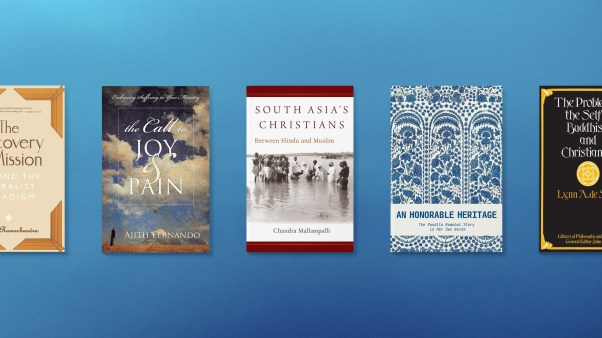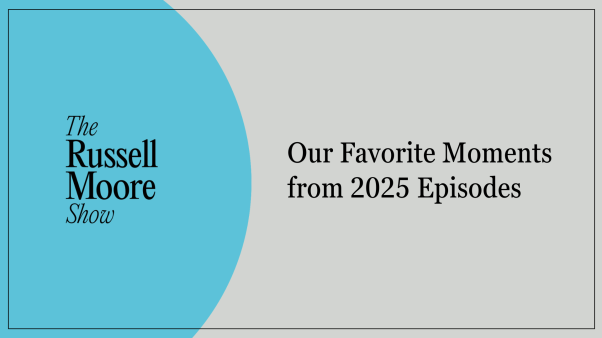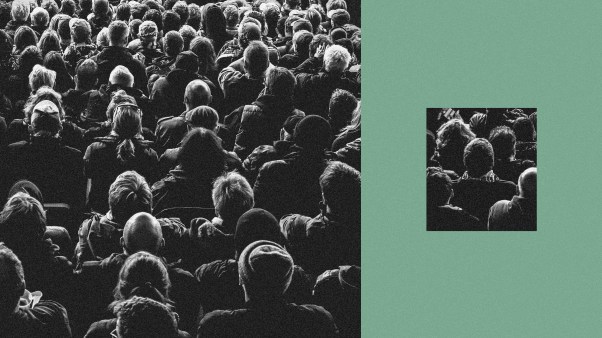My country’s parliament recently passed the first national assisted-suicide legislation in our history. Prompted by the Supreme Court of Canada’s unanimous decision last year to strike down the previous law as unconstitutionally restricting individual rights to life, liberty, and security, Parliament is now arguing over how widely or narrowly to involve Canadian citizens—both patients and health care providers—in assisted suicide.
In Culture of Death, first published in 2000, American lawyer and activist Wesley J. Smith warned that this debate was upon us. A new, updated revision of the book sharpens this warning, drawing on a wide range of cases in Belgium, the Netherlands, Canada, and the bellwether states of Oregon and Washington.
Smith is not an elegant writer—his discussion of truly awful subjects is sometimes interrupted by jarringly flip remarks: “Nobody ever said Terri [Schiavo] would one day get out of bed and tap dance.” And in a discussion that too easily falls prey to amateurish fear-mongering, he sometimes fails to provide citations—and, weirdly, quotes Dutch documents in stilted English translated by Google.
Nonetheless, Smith is generally a clear writer, he has immersed himself in these issues for years, and the portrait he paints is, on the whole, convincing and therefore ghastly. People really are suffering grim and painful deaths over several days by having food and water tubes removed against their will. Depressed and debilitated people really are being pressured into suicide by family members and physicians wanting them out of the way. Comatose or otherwise unresponsive patients really are being treated as vegetables: useful for what can be harvested from them but otherwise having no intrinsic worth and therefore not worth keeping alive.
Advance Warning
Smith’s archenemies are secularist “bioethicists” such as Joseph Fletcher, Peter Singer, and Udo Schuklenk, whom he quotes at length—to their own damnation, it seems. He details how, among themselves, these figures discuss with shocking clarity eugenics, organ transplantation from living subjects, death to human beings with insufficiently impressive “quality of life,” transhuman cyborgs, and more—even as they speak in disingenuously soothing weasel words to the general public. Thus Smith gives us advance warning of the ideas shaping the minds of the medical professionals, lawyers, politicians, and jurists making important decisions about your life and mine.
Regrettably, Smith occasionally succumbs to making crudely populist appeals. You can almost hear him asking, “See what those horrible intellectuals and ‘experts’ are up to?” He seems deeply conflicted as to what form of health care administration could improve matters, since he strongly dislikes Obamacare but also rightly scorns corporations deciding ethical issues via HMOs and the like. And while there are genuine parallels between modern bioethics abuses and Nazi atrocities, Smith is apt to take the comparison to hyperbolic lengths.
The strength of the book lies in its painstaking accounting of real-world cases, actual writings (by ethicists pro and con), and judicial and legislative decisions. Smith also rightly traces these many particulars back to their sources in ideas and worldviews, although here he is less dexterous. Indeed, a fundamental unfamiliarity with the basic elements of ethical analysis compromises Smith’s logic, especially his treatment of the difference between deontology and consequentialism.
“Deontology” is one way of deciding what is right. It means “one must do one’s duty—no matter what,” and Smith espouses this view of how to treat human life. All lives are equal (in value), he argues, and all lives are sacred (of very high value). Thus—well, what? Smith seems to think this entails giving everyone all the health care they need, no matter what. And, as I shall conclude, that outlook has its place in resisting the dehumanizing thrust of modern bioethics, but it ignores certain practical realities.
“Consequentialism,” by contrast, puts no stock in abstract principles or inviolable “duties.” A consequentialist assesses a situation as well as one can and then acts to maximize the good that will result. Smith doesn’t recognize this as a possible Christian alternative, perhaps because he fails to distinguish between humane consequentialist reasoning and the sort of crass utilitarianism that utterly ignores questions of human dignity. But maximizing shalom (to coin a phrase) can be a genuinely Christian way of dealing with tough ethical matters. And failing to see this spells trouble for Smith’s project, as we shall see.
Three Questions
At the end of Smith’s account, the fair-minded reader will be appalled: at the tragic stories of innocent suffering and death, at the deceptive locutions and specious logic of the arch-defenders of utilitarian bioethics, and at the trajectory already traveled by Belgium, the Netherlands and, yes, Canada—upon which the United States is by now well launched.
As an exercise in alarm-sounding, then, this new edition should continue the worthy work begun by its predecessor. As a guide for action, however, it remains frustrating. Smith does offer a number of helpful proposals in the final chapter: improve hospice in quality and availability, protect conscience rights for medical professionals, tighten laws regarding organ donation and surrogate motherhood, and more. Yet for all of Smith’s extended analysis and suggested activism, at least three key questions remain.
First, what about the hard deaths that can be fairly anticipated? Smith implies, but never states, that adequate hospice care for everyone would mean no one dying the kind of gruesome death that is always Exhibit A in debates over euthanasia. But is that true? Has palliative care advanced so far that we can now guarantee both no pain and no psychological distress for anyone—whether victims of brain injury, or the mentally ill, or sufferers from ALS or Alzheimer’s? Without such a guarantee, advocates of euthanasia have a powerful point, and these hard cases drive legal campaigns.
Second, Christians and other monotheists believe in a God who, under the mysterious unfolding of his good plan, allows no needless suffering in the world. Such believers, therefore, have good grounds to withhold any form of death-dealing as they trust God to make this most final of decisions.
Yet on what grounds can we hope to convince at least some of our unbelieving neighbors, including legislators, jurists, doctors, hospital administrators, and insurers, that no human being should be authorized to terminate a human life—even one’s own? From any view other than monotheism, why shouldn’t human beings be free to act as we wish in regard to our own lives? Are not our lives in fact our own?
Without such an appeal outside the boundaries of belief in God, we are left with sheer power politics, hoping we can motivate enough believers to outvote the unbelievers. This is a political strategy dubious in both its ethics and its efficacy, particularly if trust in a personal God is declining—as it is in the United States.
Finally, Smith’s resolute defense of the sanctity of human life—not merely the equal value of human lives, but their surpassing worth—evidently leaves him with nothing to say about the real-world question of health care rationing due to limited medical budgets.
By Smith’s logic (although he never spells this out), when it comes to health care, everyone is entitled to everything. Yet treatment has been rationed in hospitals and larger health care administrative units for a long time, and some form of rationing is simply unavoidable. Nowadays, we have hugely expensive tests and treatments that cannot be administered to everyone who could possibly benefit from them. New, hugely expensive drugs; new, hugely expensive machines; new, hugely expensive procedures; new, hugely expensive rehabilitation regimens; and new, hugely expensive transplants or prosthetics—none of these have ever been available to everyone who could possibly use them. And with pressure in every country, including the United States, to keep health costs from bankrupting the economy, what are we to do?
In sum, Culture of Death provides an appropriately frightening slippery-slope argument, one that seems entirely justified in the light (or shade) of horrific developments in other jurisdictions, from Belgium to Oregon, showing clearly where the slope leads.
Without cogent answers to these three questions, however, scaring us with what will likely be proposed sometime down the road won’t succeed in stopping what is being proposed now.
And, I can tell you from up north, it isn’t succeeding.
John G. Stackhouse Jr. is Samuel J. Mikolaski Professor of Religious Studies at Crandall University in Moncton, New Brunswick, and the author of Making the Best of It: Following Christ in the Real World (Oxford).










